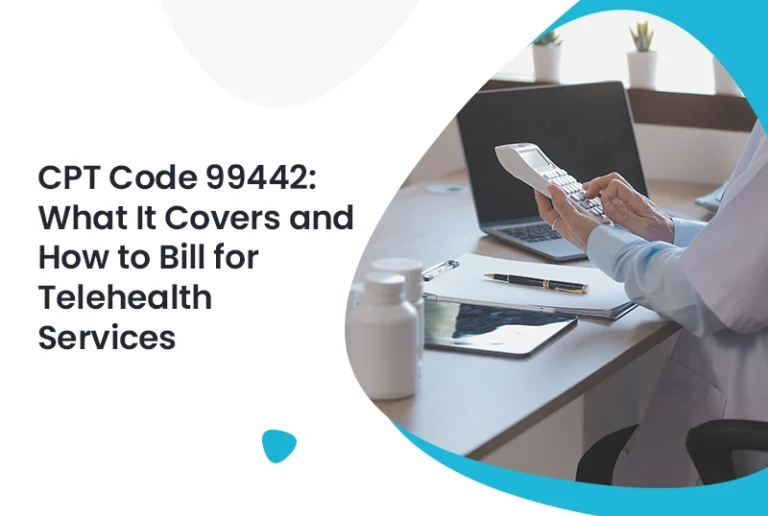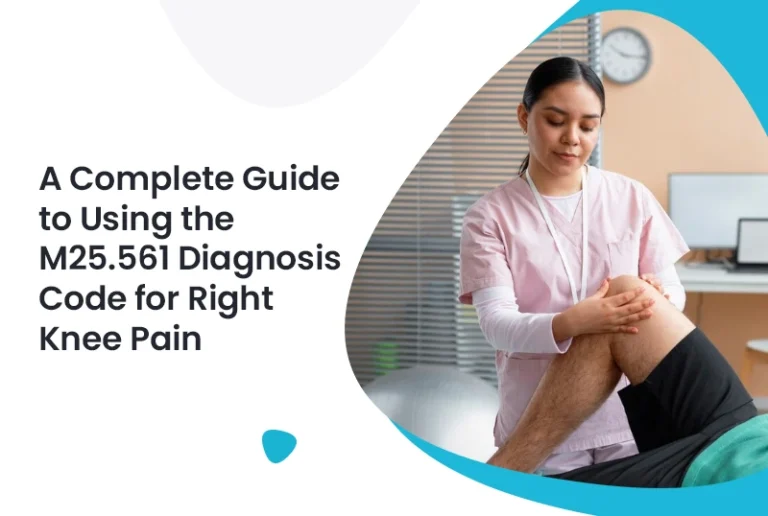If you’re a healthcare provider or work with medical billing company services, you’ve probably encountered the panic attack ICD-10 code unspecified. It’s crucial to understand what this code means, how it applies to panic disorders, and when to use it to ensure accurate diagnoses and proper billing.
When it comes to panic attacks, the ICD-10 code can sometimes be vague. Knowing when and how to apply this code is essential for proper medical documentation and billing. Inaccurate use of the unspecified code can result in claim denials, lost revenue, and complications with Revenue Cycle Management. Let’s explore everything you need to know about the panic attack ICD-10 code.
Read more about: Understanding CAD ICD-10 Codes: A Complete Guide
Understanding the Panic Attack ICD-10 Code Unspecified
The ICD-10 code for panic attack, unspecified, is F41.9. This code is used when a patient presents with symptoms of a panic attack, but the specific details regarding the disorder aren’t fully defined or identified. It is essential to use this code when the exact cause or classification of the panic attack is not clear.
What is a Panic Attack?
A panic attack is a sudden onset of intense fear or discomfort, typically accompanied by physical symptoms like:
- Rapid heartbeat
- Sweating
- Shortness of breath
- Dizziness
- Feelings of choking or chest pain
While panic attacks can happen in various contexts, when the healthcare provider cannot determine the specific cause (whether it’s part of a panic disorder, anxiety disorder, or another underlying issue), the F41.9 code is used.
When to Use the Unspecified Panic Attack Code:
- The patient’s panic attack is not linked to a specific disorder or cause.
- Symptoms fit the general description of a panic attack but don’t meet the criteria for a panic disorder.
- You lack full information about the patient’s history to make a more precise diagnosis.
The Importance of Accurate Billing
When working with mental health issues like panic attacks, it’s important to have accurate medical billing and coding. Using the right codes makes sure that insurance companies have the right information for claims and that healthcare workers get paid correctly.
If a panic attack ICD-10 code is incorrectly used, it can lead to claim rejections and delays. For instance, using an unspecified code when a more specific diagnosis could apply (such as panic disorder) may result in underpayments or denials. Working with a medical billing company experienced in mental health coding can significantly reduce these risks, allowing you to focus more on patient care.
How Revenue Management Handle Panic Attack Coding
Incorporating panic attack coding into Revenue Cycle Management is vital for accurate billing, claim submission, and reimbursement. When panic attacks are involved, the challenge lies in correctly identifying the disorder, as many mental health conditions share overlapping symptoms.
- Diagnosis Accuracy: Ensure accurate coding by using the correct ICD-10 codes for panic attacks, anxiety disorders, and other related conditions.
- Claim Submissions: Submit claims with the correct diagnosis codes, including F41.9, to avoid delays and denials.
- Denial Management: Work with billing professionals to resolve claim denials and ensure timely payments.
Common Challenges in Panic Attack Coding
- Unspecified Diagnosis: Using the unspecified code (F41.9) too frequently can limit the specificity needed for proper care. It’s crucial to update the diagnosis as more information becomes available.
- Overlap with Other Disorders: Panic attacks often occur alongside other disorders like generalized anxiety disorder (GAD), depression, or post-traumatic stress disorder (PTSD). Identifying and distinguishing between these disorders is important for accurate billing.
- Patient History Gaps: Without a complete history, physicians might have difficulty determining the exact cause, leading to using the unspecified code. Medical practitioners need to gather as much information as possible to make an accurate diagnosis.
When to Update the ICD-10 Code for Panic Attacks
As more details emerge about the patient’s condition, healthcare providers should revisit and revise the ICD-10 code. For instance:
- If a panic attack is part of a broader panic disorder, you should switch to the F41.0 code for Panic Disorder.
- If further evaluation shows that symptoms are related to anxiety disorders, update the diagnosis accordingly.
This ensures that the diagnosis is as accurate as possible and that the patient receives the correct treatment and reimbursement.
Conclusion
Accurately understanding and applying the panic attack ICD-10 code unspecified (F41.9) is crucial for proper patient care and revenue cycle management. As a healthcare provider or practice manager, knowing when to use this code helps avoid billing mistakes and ensures you’re reimbursed correctly for your services.
By working closely with a medical billing company and leveraging effective Revenue Cycle Management practices, you can streamline your processes, minimize denials, and ensure better patient outcomes. Always keep your coding practices up-to-date to reflect the best possible care.
FAQs
1. What is the ICD-10 code for panic attack, unspecified?
The ICD-10 code for panic attack, unspecified, is F41.9.
2. When should I use the unspecified panic attack code?
Use the unspecified code when the panic attack symptoms are clear, but the exact cause or disorder cannot be determined.
3. How can accurate medical coding improve my practice?
Accurate coding ensures timely reimbursement, minimizes claim denials, and helps maintain proper documentation for insurance purposes.
4. Can panic attacks be linked to other mental health disorders?
Yes, panic attacks often overlap with disorders like anxiety or PTSD. It’s important to differentiate them for accurate diagnosis and billing.






